Description
This Tillandsia MIX is a variety of air plants that require minimal care and maintenance. With a mix of different species, each with unique characteristics, it is a gorgeous addition to any space. They absorb water and nutrients through their leaves, making them perfect for stunning displays without the need for soil. Enjoy the benefits of improved air quality and a touch of natural beauty with Tillandsia MIX.
Full Botanical Name:
Tillandsia spp.
Common Names:
Air Plants
Country and/or Region of Origin:
Native primarily to the forests, mountains, and deserts of Central and South America.
Growing Conditions in Native Habitat:
These plants are epiphytes, growing without soil and attaching themselves to hosts such as trees or rocks.
Care Information:
-
Light:
Prefers bright, filtered light. Some species can tolerate direct morning or late afternoon sun. -
Ideal Room:
Any room with good air circulation and bright, indirect light is suitable, such as kitchens, bathrooms, or areas near windows. -
Feeding:
Fertilize monthly during the growing season with a bromeliad or diluted houseplant fertilizer applied via misting. -
Humidity:
Thrives in high humidity environments but can adapt to less humid conditions with more frequent watering. -
Ideal Temperature:
Best kept in temperatures between 50°F and 90°F (10°C to 32°C). Most species are not frost-tolerant. -
Watering:
Mist several times a week and submerge in water for 20-30 minutes every few weeks, depending on the humidity of the environment. -
Pet/Child Safe:
Generally non-toxic to pets and children. -
Soil:
Does not require soil. Absorbs nutrients through specialized scales on its leaves. -
Propagation:
Typically propagates through the formation of pups that can be removed and grown independently once they have developed sufficiently. -
Eventual Height and Spread:
Varies greatly among species, from small, a few inches plants to much larger ones. -
Growth Rate:
Growth rate varies by species and conditions but generally slow to moderate. -
Pests and Treatment:
Susceptible to scale and aphid infestations. Treat with eco-friendly pesticides or insecticidal soaps as needed. -
Repotting:
Not applicable due to lack of soil requirements. -
Pruning:
Only necessary to remove dead or dying leaves. -
Folk Law:
In many cultures, Tillandsias are seen as symbols of freedom and creativity due to their soil-free growth habits. They are thought to foster a sense of independence and innovation in the home.

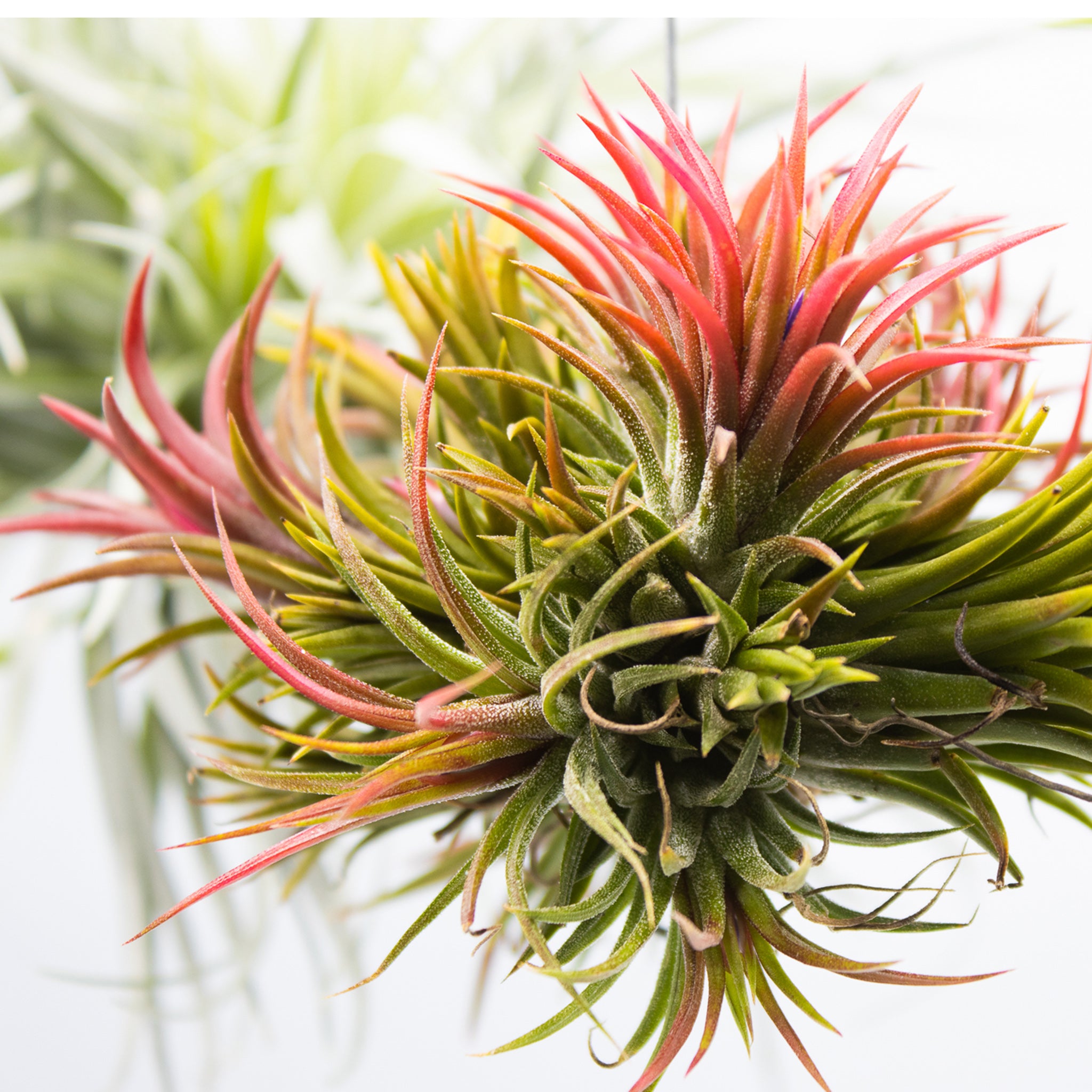
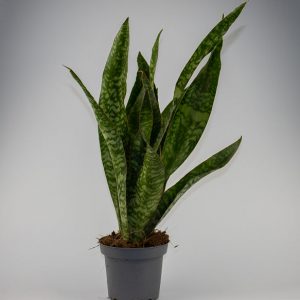
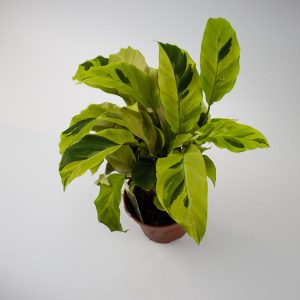
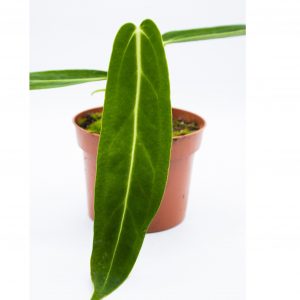
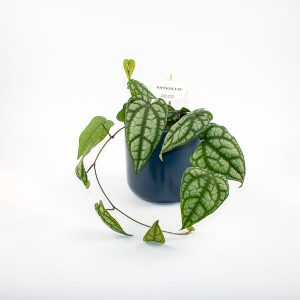
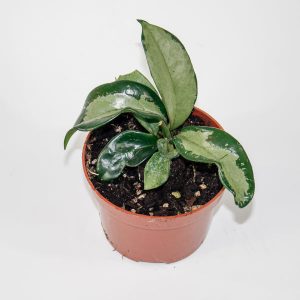
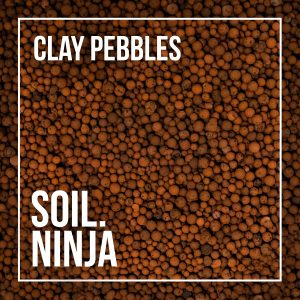
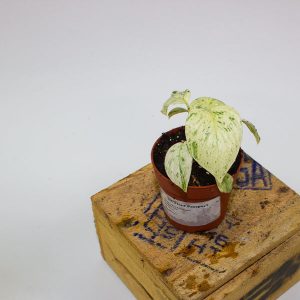

Reviews
There are no reviews yet.